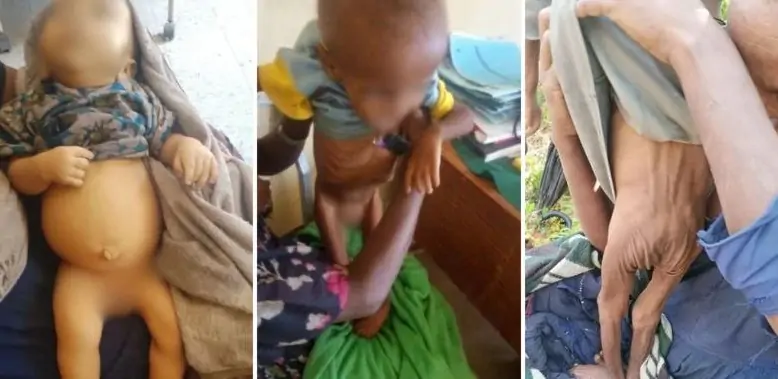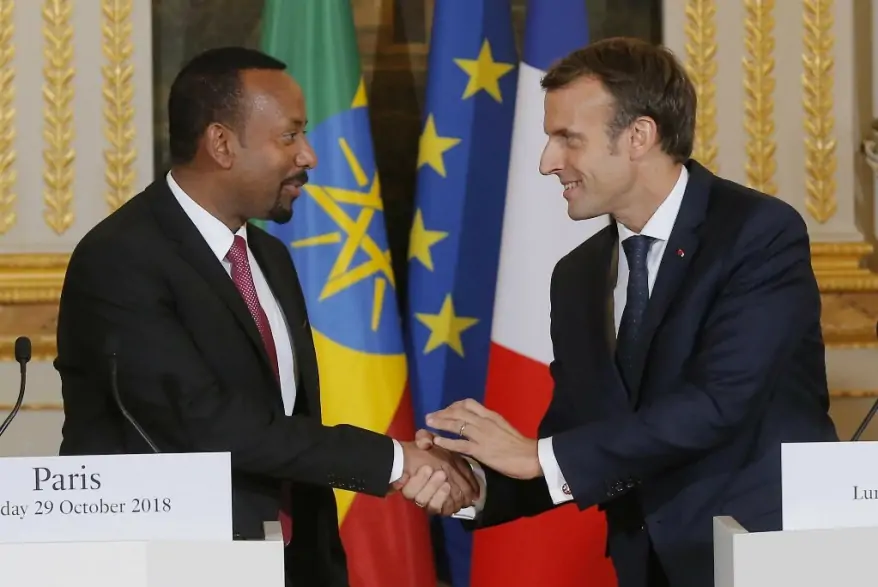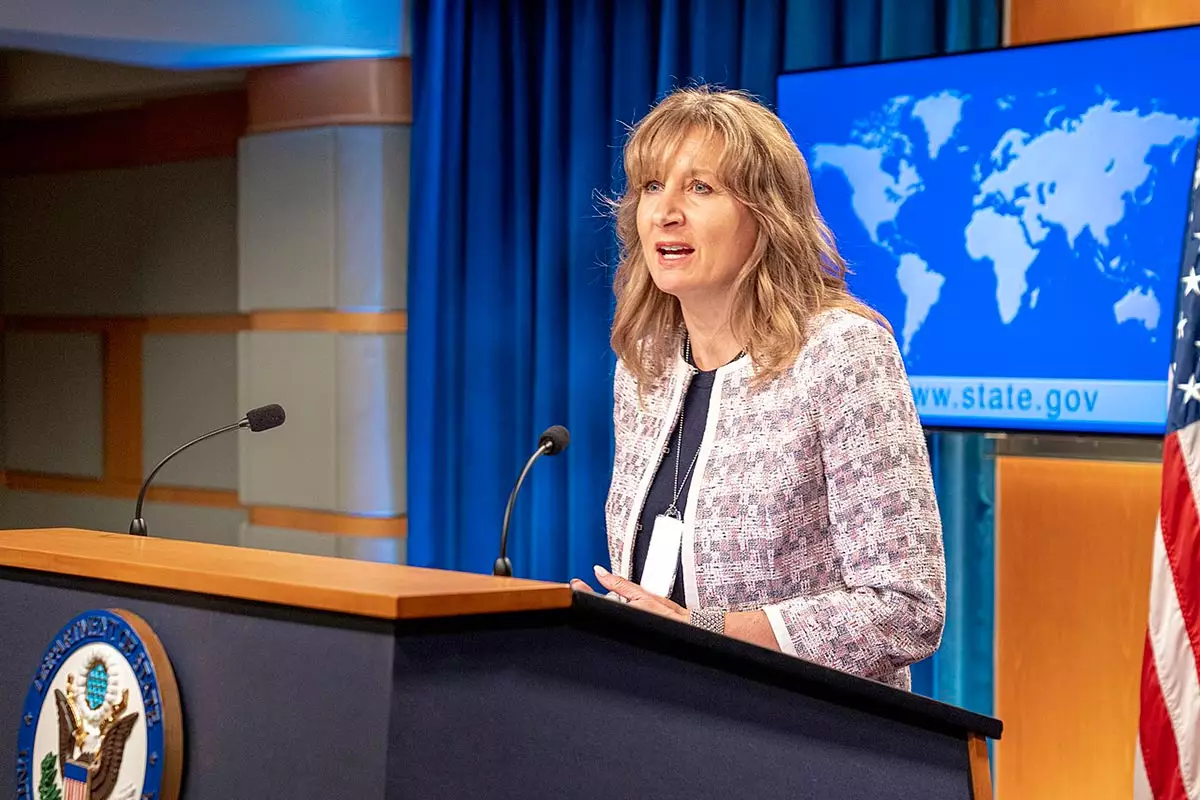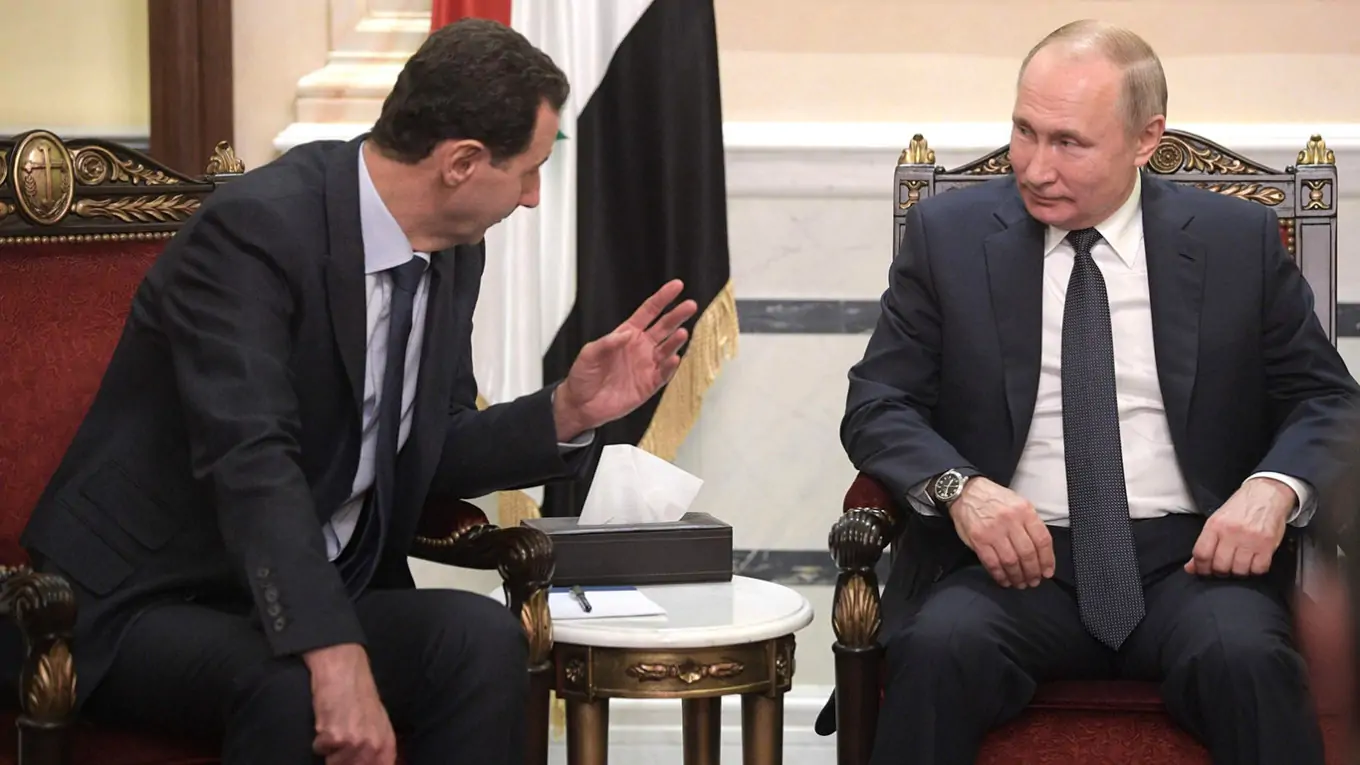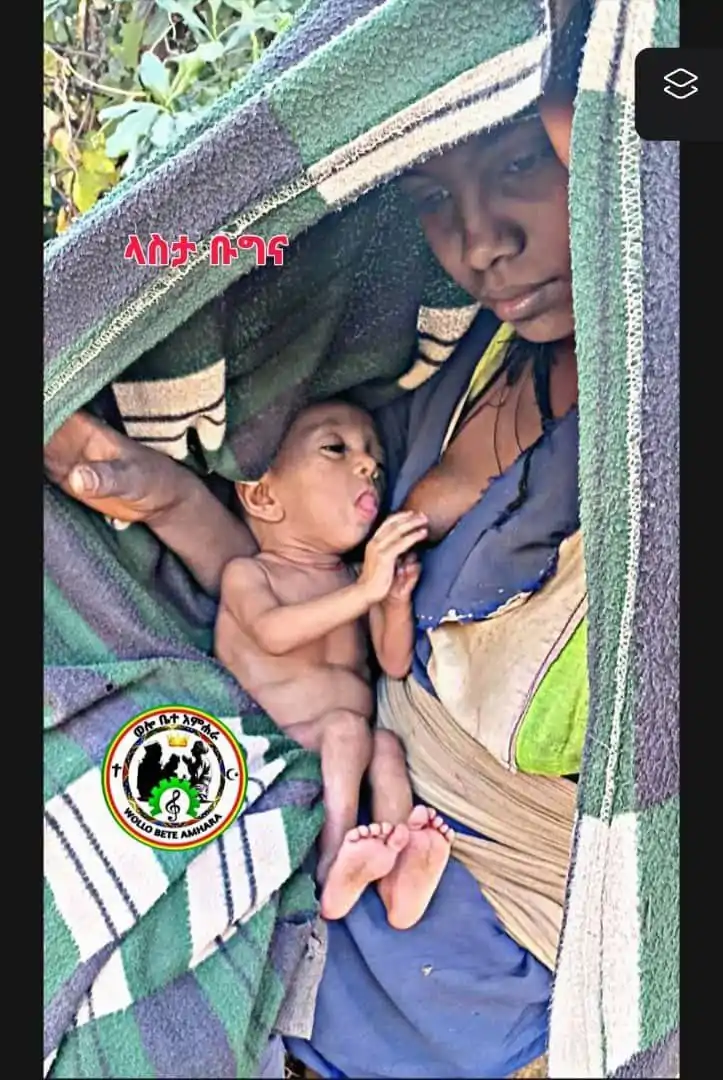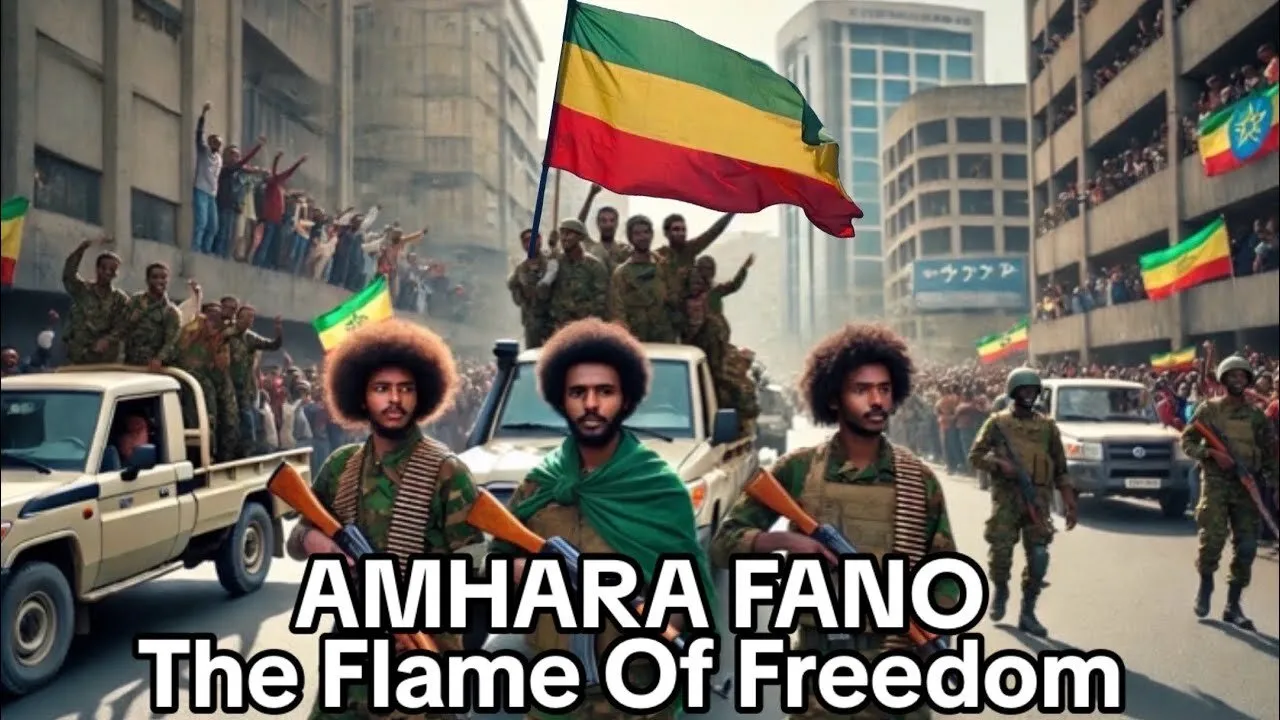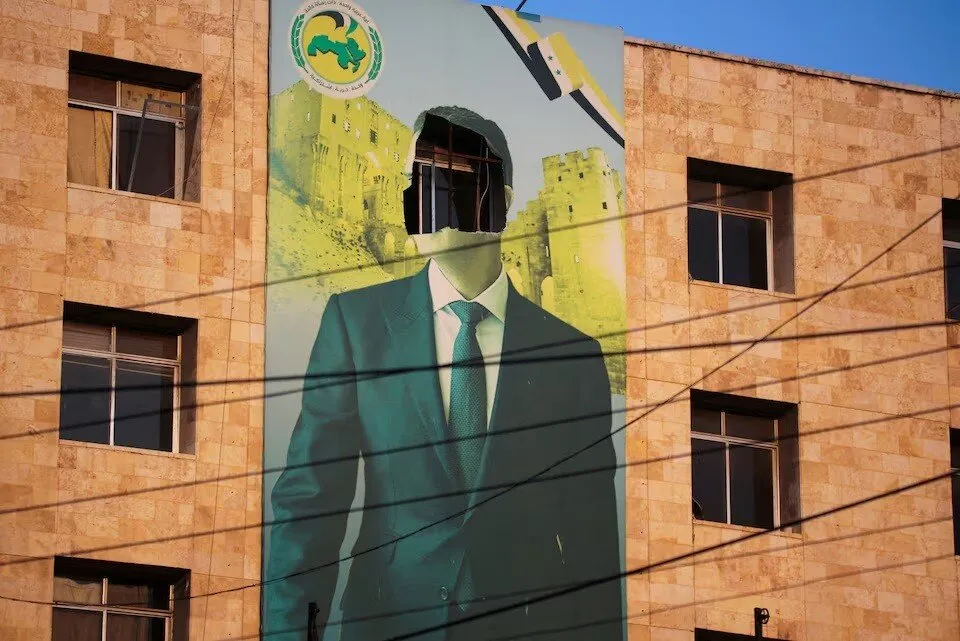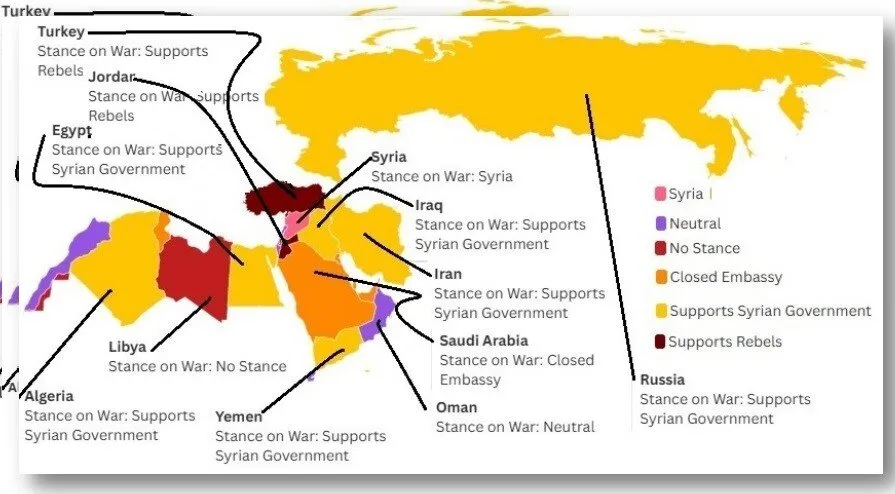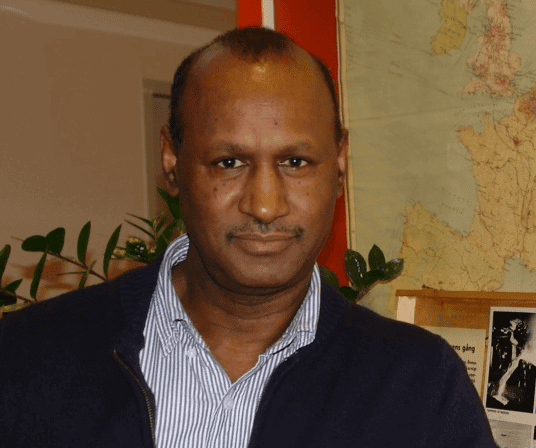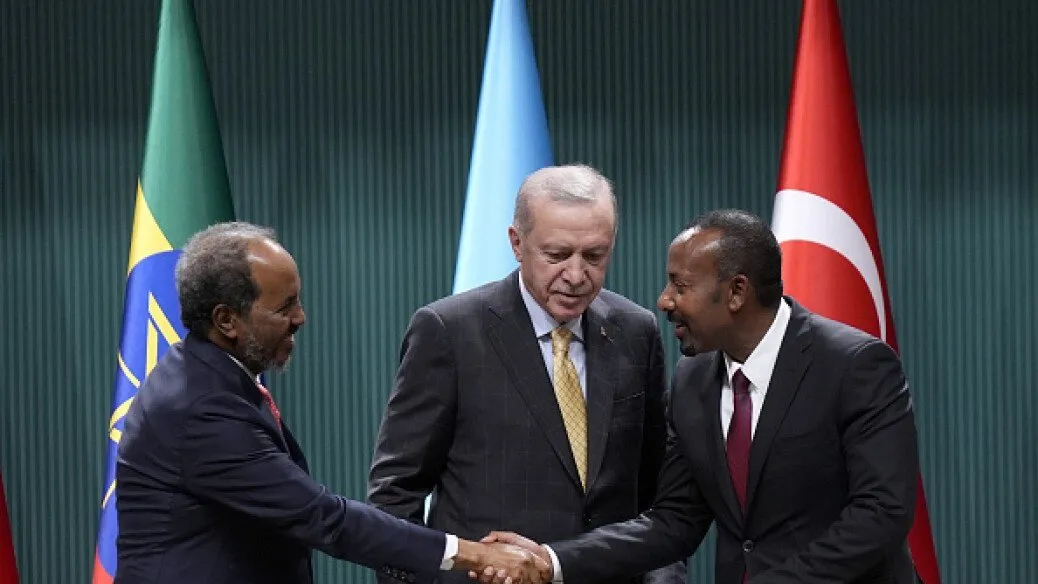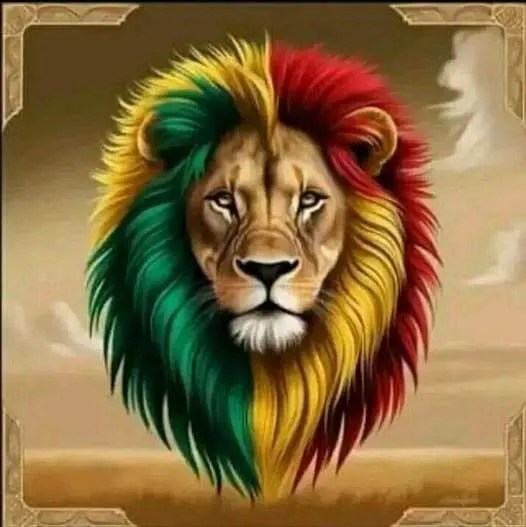By Fayyis Oromia
In this short opinion, I am just trying to discuss what I think is part of an overdue national debate. As far as the information I do have till now is concerned, in the ancient and modern history of the Cushitic Ethiopians, it is almost becoming clear that the Oromo nation is the root and the stalk of all the other Cushites including the Agaw. The Oromo being initally a Waaqeffataa nation, the Agaw started to have a new orientation towards Judaism, being influenced by the Jewish immigrants (the Falaashaa), who came to the Cush kingdom about 3000 years ago. Despite such small differences, not only the Agaw, but all the Cushitic nations in the Horn of Africa seem to be the further derivations or differentiations from the Oromo and yet having certain conflicts in some areas. Here it is enough to look at the common history and/or the conflict history of the Agaw and the Oromo nations because of the fact that Agaw-Midir is the north-western neighbour of Biyya-Oromo with the worse experience of being a victim in the Abyssinization process (which is sometimes seen as the method of being converted from the Waaqeffannaa of Oromo and the Judaism of Agaw to the Orthodox Christianity of Abyssinians). As already well recorded, the Abyssinized parts of the Agaw have got a conflict for many years specially with the non-Abyssinized part of the Oromo.
Even if the Agaw may not be the further differentiation from the Oromo, it is becoming a historical fact that the Agaw nation is a main priori identity of most Amhara and Tegaru in Abyssinia. Different versions of history, legend and story do tell us that Agaw people in the north eastern part of Africa have been influenced both biologically and culturally by the Jewish and by certain other immigrants from Southern Arabia, particularly from Yemen. I think the cultural influence by these few Semetics is stronger than their biological impact on the indigenious Agaw nation. That is why most of the Abyssinians do physically look like African Cushites, rather than being like those from the middle east, despite the claim of their monarchs that they are from Solomon dynasty. Certain historians do describe this phenomen as a cultural Semetization of the Cushites and they do call the Abyssinian people as ‘the Semetic speaking Cushites’. Some writers even assert that Agaw people are the only indigenous inhabitants of most areas now occupied by the Amharinya and Tigrinya speakers.
One of the facts to verify this theory is the linguistic studies done by some specialists. These experts do narrate that Agawinya is a main substratum for the ethio-semetic languages. The assertion holds water because of the reality that the languages of Abyssinia have got the same grammatical structure to that of the Agaw, but enriched by different terms and vocabularies from the Hebrew, Arab and Yemenite Heberew. This fact is the basic ground for the recent arguement regarding specially Amharinya, in clarifying the question whether it is a Cushitic or a Semetic language. The answer is already given by some linguists, who tried to designate Amharinya as a ‘Semetized Cushitic language’. It was stated in literatures that Amharinya was the creation of the Abyssinian ruling class around 1270. It seems that the monarchs in Ankober started to use this language just for the sake of distancing themselves from the common people they do rule (from the Agaw and the Oromo). It is similar to the truely hitorical process of creating a French language and its usage by the monarchs of the old Germans (e.g by the Franken) just to have a privilaged postion vis a vis the common people, who used to speak Deutsch (German language). German monarchs used to speak French, which can be seen as parallel to the Oromo monarchs, who prefered Amharinya as their working language. That means Amharinya was equivalent to French (as a language of the ruling class) and Afaan Oromo was the same to Deutsch (as a language of the common citizens).
Amharinya getting this privilaged position became the suprastratum on the substratum of either Agawinya or Afaan Oromo. Amharinya significantly influenced both substrata to the extent that most Agawinya speakers lost their own Cushitic language, whereas the Oromo people tried to defend our language against such influence. The main mechanism used to destroy the Agawinya was the discrimination and the stigimatization of its speakers so that they felt inferior to the Amharinya speakers. To be privilaged as a ruling class, the common sitizen had to give up their language of the common and strive to learn the language of the monarchs. Also in practice, those who assimilated themselves into the Amharinya speaking community have gotten the expected privilage and profit, which the ruling class reserved for its own group. This same method was also used to influence the Oromo, so that the assimilated Oromo always could be treated as part of the Abyssinian ruling class and got the powerful positions, even to the extent of being kings and presidents of the Ethiopian empire.
Despite such mechanism of assimilation, the Oromo people resisted and preserved our culture and language to some extent. Even though almost all Oromo nationals living in the north part of Oromia, as an immediate neighbours to the Abyssinized Agaw, lost their priori language, they could save their Oromo culture from being extinct. This is what we already observed among the Raayya-, Wallo- and Yejju-Oromo. For the sake of resisting the Abyssinization process which is mostly considered to be equivalent to the Christianization through the Orthodox church, these part of the Oromo people accepted Islam as their own religion and with that distanced themselves from the classical Abyssinians. Because of this step, they had to pay the sacrifice of being massacred by the Abyssinian warlord, Yohannes, and being discriminated by the other successor Abyssinian kings and rulers. This same process was applied in the whole Oromia after the invasion by the Abyssinian warlord, Minilk from Ankober, the town which was part and parcel of Oromia for it is the birth place of Obbo Guddisa, the grandfather of H/Sillasie.
It was such discrimination, Abyssinization and stigimatization of the common citizens, which lead to the start of the coordinated national liberation movements of both the Agaw and the Oromo people. Both peoples have been in liberation struggle since the beginning of the cultural and political influence by the immigrants from Yemen calling themselves Habashat. The 16th century Oromo “migration” being part of the liberation movement, particularyl the Oromo did fight against the Abyssinian invaders especially since the end of the 19th century. The Oromo leaders, who declared Afaan Oromo be the working language of the monarchy in Gondar palace were part of this Oromo national resistance against the Abyssinization process. The movemnts like that of Raayya, Bale, Macaa and Tullama, Afran Qallo, Me’ison, Ici’at and the well formulated as well as organized liberation movemnt lead especially by the OLF can also be given/taken as an example of the resistance. These movements could help the Oromo to cope better than the Agaw people, whose true self couldn’t survive as such, but now need to revive their priori identity.
Interestingly, the politically conscious Agaw nationals have already started this revival movement. The sub-groups like Bilen, Awi and Waag-Xamta have already started to use their own language and to be proud of being part of the Agaw nation, despite all pressures and subjugations from their Abyssinized neighbours. The Qemant/Kemant around Gondar are now demanding the same self-determination to develop and use their own language as well as to rule themselves, being free from the Abyssinian oppressors. Those who already lost their priori identity, like the Lasta-Lalibela of western Wallo, the Wayixo around Bahirdar, the Gafat of the whole eastern Gojjam and southern Gondar, the Kunfal of western Gojjam, the Bejjaa-Midir (Begemdir), the Quara and the Semien of the western and northern Gondar, the Axumites (N.B: Axum obelistic is part of Cushitic civilization) and the Abergele of western Tigrai are now trying to come back to their true self and ressurrect their lost language, instead of being seen as merely Amhara or Tegaru, which is actually their false self. They now started to assert like the famous South African freedom fighter, Steve Biko, who once said: ”you can beat or jail or even kill me, but I am not going to be what you want me to be.” Here, he rejected the false self imposed on him by the oppressors and he was determined to keep and maintain his true self.
The question now to be asked should be: is such renaissance of the Agaw identity possible? The answer is in short yes, but to be successful, this traumatized nation is now in a desperate need of help from its brotherly Cushitic nations like the Oromo, the Somali, the Sidama and the Afar. Speaking Amharinya and Tigrinya doesn’t make these people other than being Agaw. Just like the Brazilians are not Protuguese by speaking the language of their colonizer, the Agaw people can not be non-Agaw for not speaking their priori language. If they want to revive their true identity, all the Agaw nationals first need to be politically concious. I personally think and believe that people in Abyssinia are the Abyssinized parts of the Cushitic Afar, Beja, Agaw, Saho and Oromo (ABASO), who denied their true self. To mention as further examples, the southern part of Tigrai (the Raayya) are Oromo, the eastern part are Afar, the north-eastern part are Saho and the rest are Agaw. Regarding Eritrea, the western part are mostly the Abyssinized Bejjaa, the center as well as the southern part are the Abyssinized and non-Abyssinized Agaw and the eastern part are the Abyssinized as well as the non-Abyssinized Saho and Afar.
If especially the Agaw nation starts to resurrect and revive its true self, this is what we can accept and respect as part of the true Cushitic Ethiopian renaissance or in short Cush renaissance. Some Abyssinian elites mistakenly do talk about this renaissance by making it to be the same as a continuation and strengthening of the Abyssinization process. Meles Zenawi’s rehetoric about Ethiopian renaissance is such a classical misconception. If he really is serious about what he talks, then he had to promote and support the Agaw people of Abyssinia come back to their true self. Such de-Abyssinization (giving up the false self) or re-Cushitization (coming back to the true self) is what we can recognize and support as a genuine Ethiopian renaissance. This phenomen must be coupled with a revival of the Agaw cultural and national identity. Actually all Abyssinians, including the the Abyssinized Oromo, should have entertained this attempt of finding true self by putting their false self in question.
Here, I must stress that not only the Abyssinized Agaw, but also the Abyssinized Oromo of the north Shoa in Amhara region, east Wallo, south Tigrai and south Gojjam should try to resurrect their true identity. I know that most of them didn’t lose their Cushitic culture, but surely they already lost their Afaan Oromo. Now, it is the right time for them to try to find their priori identity and say no to the ongoing entertainment of the false self. I am sure, if they can count back seven generation of their ancestors, they all will find who they really are, instead of just looking at the language they do now speak and instead of identifying themsleves as Amhara or Tegaru. Also this lost part of the Oromo community need the necessary help of the politically conscious Oromo nationalists.
The movements of the Agaw and the Oromo people against the hitherto and the ongoing Abyssinization process can synergize each other, if the two brotherly nations try to work together. It is a good sign that the Abyssinized Agaw and the Abyssinized Oromo nowadays started to call themselves as Amhara instead of hiding behind the already contaminated identity called Ethiopian. But they yet have to move further and ask: who is Abesha/Abyssinian in general and who is Amhara in particular? Till now I read two authors writing on such question and topic regarding the Amhara. The assertions of the two versions are diametrically opposite, and yet the attempt of the authors to answer this question is good. I encourage every Amhara and Tegaru to ask her-/himself: ‘who is my true self’? Surely majority of them can find the reality of being a descendant of the Agaw or the Oromo or that of the other Cushitic nations.
If this process of finding and getting one’s true self will continue, definetly in the future, both Agaw-Midir (which is wrongly designated as the Axum empire, Abyssinia, Ethiopia or as Amhara-Tigrai) and Biyya-Oromo can be a very good peaceful neighbouring states under the common home – the African Union (the future African Federation). This can be a common vision for both the Agaw people and the Oromo nationals, if they want to struggle together and get rid of the currently ruling Abyssinian tormentors, who are still promoting the de-Agawnization and the de-Oromonization towards the false self of being an Ethiopian (here Ethiopia is the code name for the Abyssinization process). I think both Agawinnet and Oromummaa as the respective true self of the two brotherly nations and as an anti-dote against the negatively connoted Abyssinianism must be further developed and promoted in order to get rid of being Abyssinian (the false self of the Abyssinized Cushites).
All the Cushitic nations of the region in general and the Abyssinized Agaw in particular need to rally behind the common vision of a future good neighbourhood. Only a sort of supra-national union of independent nations like the union of free Agaw-Midir, Oromia, Afar-Saho, Somalia and Sidama under certain common name, we call it Cush Community, Ethiopian union or Horn Confederation can be the lasting and optimal solution for the complicated political situation of the region. That is why Oromian independence is indispensable and even Agaw-Midir’s independence is possible. Oromo nationalists need to work on this process and project. All the Cushites including the Agaw people need to come back to their priori identity in order to galvanize the liberation movement against the rule of the elites with such false self, who are the worst servants of alien forces of the astern and Western world as we do still see in case of the Woyane. If all the stakeholders in the region will agree in having a sort of independent nations’ union (Cush Community), surely both Agaw-Midir and Biyya-Oromo will be the strongest pillars of the union, just as France and Germany are to the European Union.
By getting victory over these servants of the alien forces, who already denied their true nature, all the brotherly Cushitic nations and all the members of Cush Community in the Horn including the non-Cushitic minor nationalities in the region can live in the future with all the necessary harmony and peace. To this effect, what is important above all things is the revival of the lost good values like the Gadaa democracy of the Oromo and the true national identity of the Agaw. This approach of helping Agaw’s identity resurrection is one way of tackling the dictatorial culture of the Abyssinian elites. That is why Oromo nationalists have to promote the national struggle of the Agaw people, because of the fact that Agaw’s renaissance in turn will be the best support for the Oromo national liberation movement. We just ought to start this virtuous cycle, which really can have a positive feed-back for the Oromo struggle. May Rabbi/Waaqa help the Agaw nation resurrect its priori identity and revive its own national culture and language.
Galatooma!

